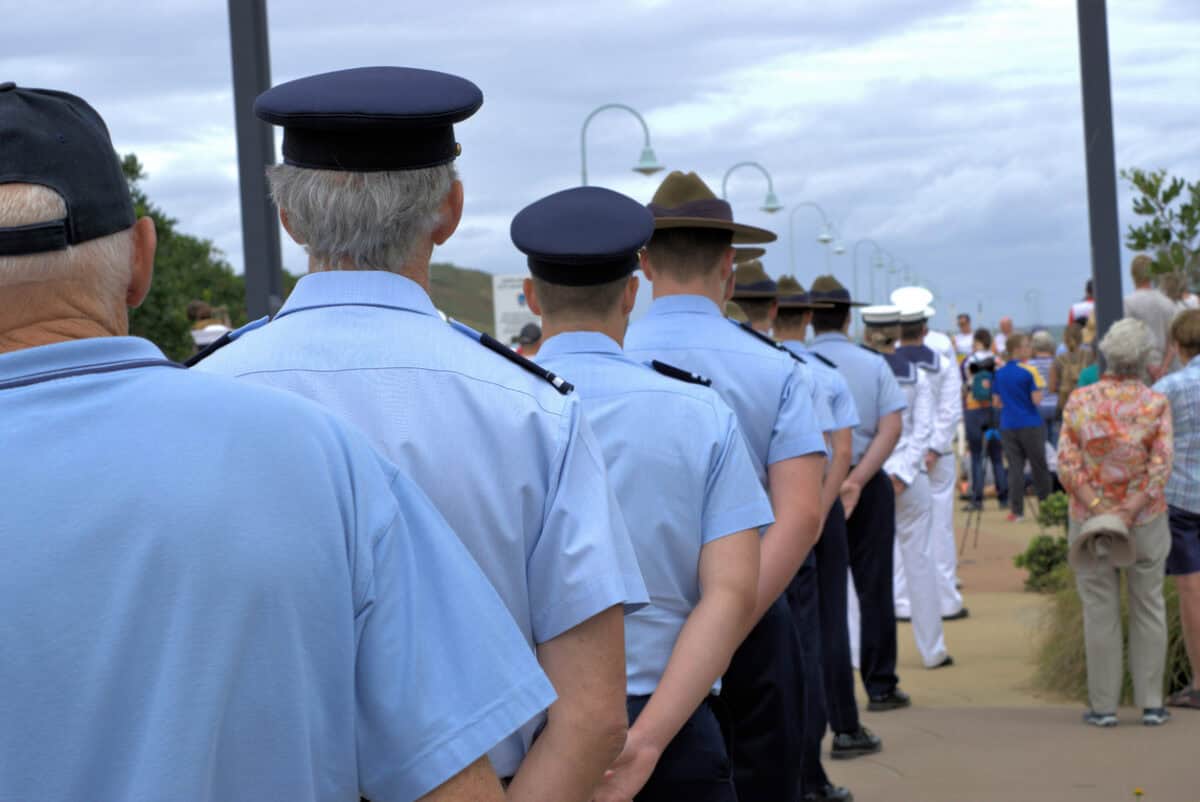The workplace culture of EY and other major consulting companies came under scrutiny several years ago following an apparent work-related suicide at the offices of EY in Sydney. EY’s workplace culture is again being examined after the death of a young EY employee in India, allegedly due to work stress.
A hopeful book about suicide and mental health
John Brogden‘s book Profiles in Hope sounds like it is about suicide, but it is about much more than that. His interviews with a broad group of Australians, some very prominent, say a lot about growing up, anxiety, depression, distress, trauma and, sometimes, suicide, but it is primarily about hope.
This is not a book about personal enlightenment or personal resilience, although some interviews touch on these issues. Thankfully, this book is not a wellness tome masquerading as marketing for soy candles, essential oils, corporate gullibility, and overpriced wilderness retreats. Though there is enlightenment, several interviews confront the reader.
”take safety seriously”
Tasmanian politicians recently discussed Industrial Manslaughter laws in Parliament. As with similar debates in other jurisdictions, occupational health and safety (OHS) appears to justify these amendments, but the OHS principle of preventing harm is rarely discussed. Deterrence? Yes, but Prevention? Not really.
Business values and OHS impacts
No one outside occupational health and safety (OHS) talks about OHS. Outside of scandals and disasters, OHS is a fringe consideration, especially in the media—social and mainstream. So, OHS needs to insert itself into mainstream conversations. The column by economics journalist Ross Gittins in The Age newspaper on September 23, 2024, says much about OHS without mentioning it.
Trust your gut
Recently, a former occupational health and safety (OHS) official from SouthEast Asia told me a story about how his “gut” gave him a feeling about employers and companies that did not have a genuine commitment to improving the safety and health of their workers. OHS needs evidence-based decisions, but after a few years, that evidence and experience can become internalised so one’s “gut feeling” can provide a compelling clue about workplace safety culture.
A new perspective on trauma and its personal and social impacts
Our understanding of stress continues to evolve even though it seems to be splintering into mental health. mental illness, psychosocial harm, mental well-being and more. Recently Orla T. Muldoon of the University of Limerick published “The Social Psychology of Trauma- Connecting the Personal and the Political”. I dipped into this book and found some information pertinent to the occupational health and safety (OHS) approach to post-traumatic stress.
Veterans, Suicide, Culture and Crompvoets
For many years, occupational health and safety (OHS) has been fixated on “Culture” as an encompassing term for what management activity does not work and what does. The focus has faded slightly since the COVID-19 pandemic. Still, Culture made an important reappearance this week with the delivery of the final report of Australia’s Royal Commission into Defence and Veteran Suicide. However, some of the most telling analyses of the safety culture in the Australian Defence Forces occurred in 2021 with the work of Samantha Crompvoets.
NOTE: this article discusses suicides







